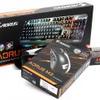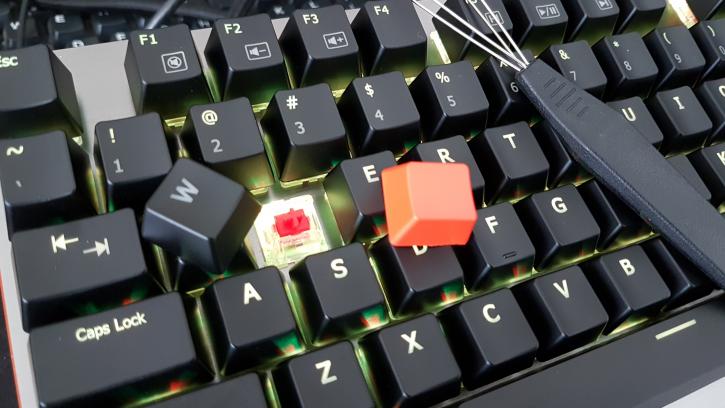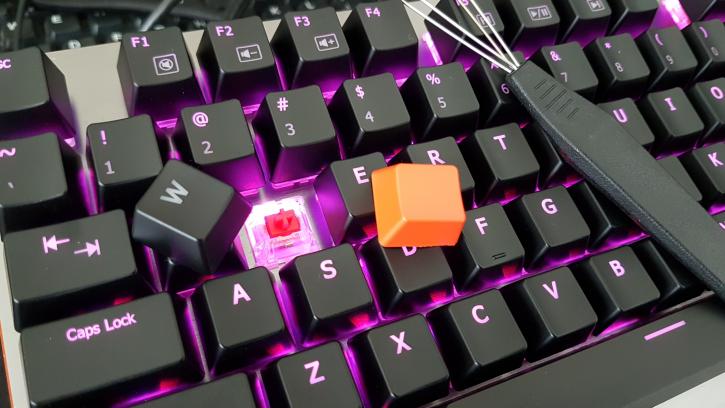Testing the Keyboard
Testing the keyboard
As we always do, a little history first. Keyboards have always been a part of computing since the very beginning. The original IBM PC came with one, the Model M, which I used as a kid. The Model M, of course, set the standard for all keyboards that came after it. There are some variations in layout, but it's all based off the old 101-key Model M. The modern keyboard, thanks to Windows, now has 104 keys and, depending on your location, you can have many more keys than that. Suffice it to say, keyboards are still the most efficient way of interacting with your computer, even with the great strides made in voice-recognition, touch screens, and GUI optimization. I think the chances of humans ever growing out of the keyboard are pretty slim. In the early days of personal computing the keyboard really meant something because it really was the only way to interact with the machine. Having a good-feeling keyboard was very important, at least until the mouse and GUI came along, and shifted the focus a little bit. Mechanical keyboards have always been around though, they are part of the collective geek consciousness, and the enthusiasts that inhabit that world are as hardcore as their keyboards.
So, Dome or Mechanical?
So, why would you want to spend huge sums of money on a keyboard? Is it really worth it? Yes, we think so. Mechanical keyboards really are in a class of their own and the LED lighting on this one is pretty sweet TBH. Though not for everybody, but for most once you have used a mechanical keyboard, there is no going back to a regular keyboard. The differences are just great, typing is better, faster and gaming is better. It's just no comparison. The one downside though is that they do make a lot more noise and this applies to gamers mostly.
Now, you don't need a fancy mechanical keyboard to play a game well, but it can make a game much more enjoyable to play. On the other hand, there are keyboards that are better for noise than others. The mechs are in the noisy keyboard category, it does have a decent clickety clack though! Gaming wise, I definitely liked these keys and am slowly preferring brown switches over red ones.
Typing on the Cherry MX Red feels pretty terrific, the low-profile ABS keycaps themselves are good, a somewhat big clear font is used and that works out well. Whether or not you find RGB distracting I'll leave up to your assessment of course. Um yeah, Cherry Red, it just doesn't need any further explanation really. The keys are responsive, have a good feel and I like the functionality and programmability.




